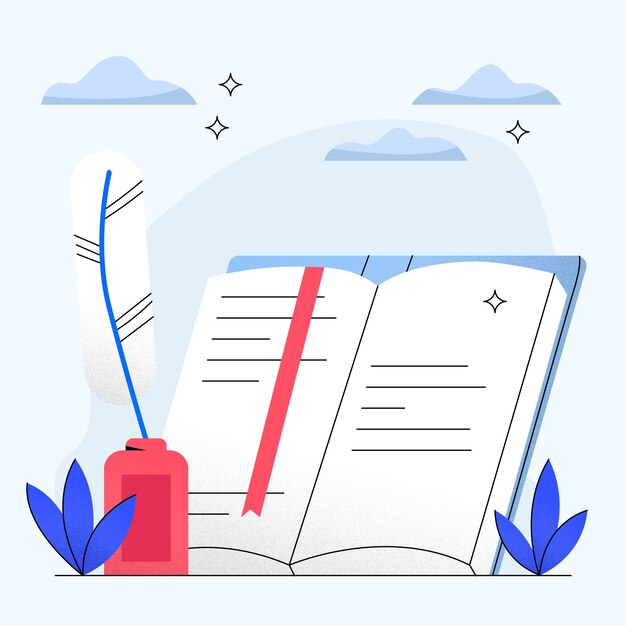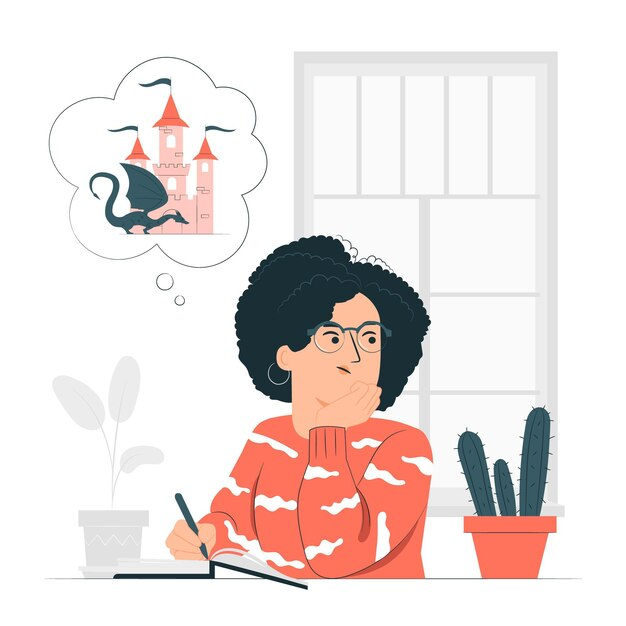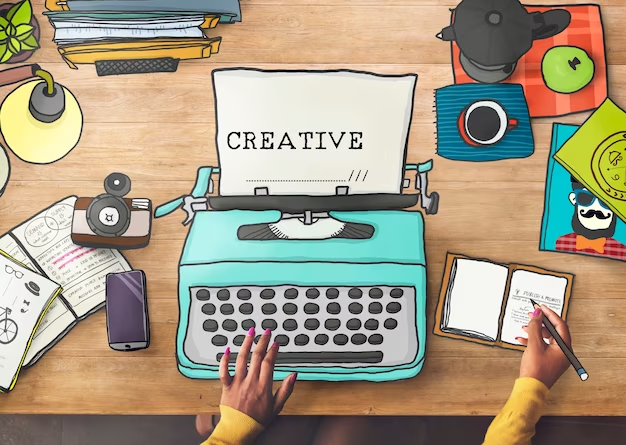Looking for examples of literary techniques? Have you ever wondered how some writers can turn words into a tapestry that not only tells a story but also leaves an indelible mark on your soul?
The answer lies in the skillful use of literary techniques. Today, we embark on a journey to unravel the secrets of storytelling, exploring examples of literary techniques that add depth, emotion, and resonance to the written word.
Table of Contents

What Are Literary Techniques?
Literary techniques are tools that writers use to make their writing more effective, expressive, and impactful. These techniques go beyond the basic use of language and grammar; they involve choices and skills chosen by authors to convey their messages in a more engaging and meaningful way. Literary techniques can shape the structure of a story, create vivid imagery, evoke emotions, and enhance the overall experience for the reader.
Examples Of Literary Techniques
1/ Metaphor – Example of literary techniques
A metaphor is a figure of speech where one thing is described as another, implying a comparison to highlight a shared quality or characteristic.
The metaphor conveys the idea that the classroom was buzzing with energy, noise, and movement, much like a beehive filled with the constant activity of bees.
Metaphorical examples add a vivid and dynamic quality to the description of the story, helping readers visualize and understand the lively atmosphere within.

2/ Simile – Example of literary techniques
A simile is a figure of speech that involves comparing two different things using the words “like” or “as.” The purpose of a simile is to create a vivid and relatable image in the reader’s mind by highlighting similarities between the two elements.
- Example: Her laughter was like music.
In this simile, the laughter is being compared to music using the word “like.” The intention is not to suggest that her laughter is music but to convey a particular quality or feeling associated with it.
By using an example of similes, the writer enhances the description of the laughter, making it more evocative and allowing the reader to better connect with the emotional tone being conveyed.
3/ Explanation – Example of literary techniques
Imagery involves the use of descriptive language to stimulate the reader’s senses, creating a mental image that goes beyond the literal words on the page. Writers use imagery to make their writing more vibrant and engaging, aiming to transport the reader into the scene or experience being described.
- Example: “The sunset painted the sky in warm hues of orange and pink.”
The choice of words adds a creative and artistic dimension to the description, enhancing the reader’s ability to mentally picture the scene in a way that is both specific and evocative. Overall, imagery examples enrich the reading experience by making the narrative more immersive and memorable.

4/ Foreshadowing – Example of literary techniques
Foreshadowing is a literary technique in which an author provides subtle hints or clues about future events in a story. It serves to create anticipation and build suspense, as well as to prepare the reader for upcoming developments.
- Example: “The dark clouds foreshadowed the storm that would soon engulf the town.”
The technique of foreshadowing in literature, when well-executed, adds layers of complexity and intrigue to the narrative, making the reader curious about what might happen next.
5/ Irony – Example of literary techniques
Irony is a literary device that involves a discrepancy between what is expected to happen and what actually occurs. It often adds depth, humor, or poignancy to a story by revealing a contrast between appearance and reality.
Irony examples, as a literary technique, allow writers to play with audience expectations, challenge assumptions, and provoke thought.
6/ Personification – Example of literary techniques
Personification is a literary technique where human qualities, characteristics, or actions are attributed to non-human entities. This technique aims to humanize the non-human, making it more relatable and adding a layer of vividness to the description.
- Example: “The wind whispered through the trees.”
By attributing the action of whispering to the wind, the author adds a human-like quality to nature, making it more accessible and engaging for the audience.
An example of personification in literature is a powerful tool that allows writers to infuse life and emotion into their descriptions, forging a connection with the readers.

7/ Hyperbole – Example of literary techniques
Hyperbole, a figure of speech employing extravagant language not intended for literal interpretation, amplifies emphasis or conveys intensity. Writers use hyperbole to emphasize a point, create emphasis, or make a dramatic effect.
- Example: “I’ve told you a million times to clean your room.”
In this example, the speaker is not stating a literal quantity of times but is exaggerating for emphasis. By saying “a million times,” the speaker emphasizes the frequency and urgency of the request to clean the room.
Using hyperbole examples in sentences is a common and effective technique to create impact and engage the audience through its exaggerated and attention-grabbing nature.
8/ Flashback – Example of literary techniques
A flashback is a literary device that involves interrupting the current narrative to present scenes or events that occurred in the past. It is a way for writers to provide additional context, background information, or insights into characters or plot developments.
- Example: “Call me Ishmael. Some years ago—never mind how long precisely—having little or no money in my purse, and nothing particular to interest me on shore, I thought I would sail about a little and see the watery part of the world.” – Herman Melville, “Moby-Dick“
This technique allows the reader to better comprehend the protagonist’s current actions, motivations, or challenges by revealing the foundation laid in their past. Flashbacks serve as a narrative tool to enrich storytelling, deepen character development, and contribute to the overall coherence of the plot.
Conclusion
From metaphors that paint vivid images to the gentle whispers of personification, these tools enhance the power of words, making stories come alive. By exploring examples of literary techniques, we gain a deeper appreciation for the artistry behind storytelling, where simple words transform into extraordinary expressions of human experience.


